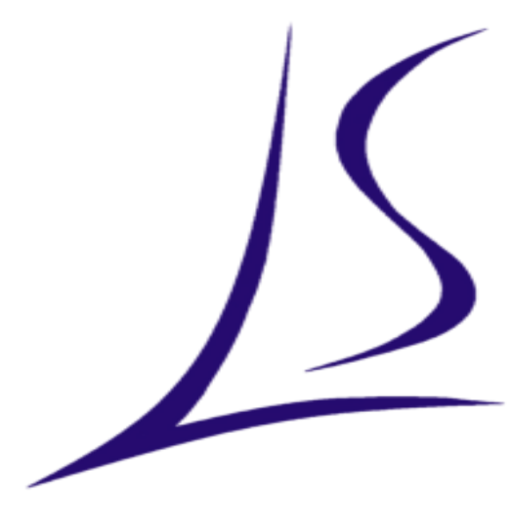Please note: the articles have been translated automatically.
The detection limit states up to which concentration (e.g. in ppm, µg/ml, % etc.) I can detect a substance, whether it is present in my sample or not.
The limit of quantification (also called the limit of quantification) has a higher concentration. Up to this limit I can reliably give a concentration indication. I still get values below that, but to be honest I can only provide information as to whether the substance is contained or not.
Calculation of detection limit/LOD with baseline noise
There are different ways to calculate the LOD. With instrumental methods that output a baseline as a measurement signal, the noise of this baseline is used for the calculation. First, the mean value of the measured values of the base line is calculated (in the case of a measuring device, individual measuring points are always recorded, i.e. there is no continuous line). Together with the standard deviation, the LOD is calculated from the same values using the formula below:
![]()
![]() Mean of baseline noise
Mean of baseline noise
![]() Standard deviation from baseline noise
Standard deviation from baseline noise
To be precise, this formula does not directly result in a limit concentration, but in a minimum measured value (depending on the detector: V, mAU, S, etc.). The conversion into a concentration (if necessary) must then be carried out using a calibration curve.
If samples are analyzed sequentially, i.e. one sample after the other, i.e. no continuous online measurement, then it is advisable to carry out at least one separate run with a blank sample. In this run, the LOD can then be calculated as above in the time range at which the analyte of interest usually comes. Unless otherwise defined in the relevant regulations, it does not have to be carried out in this way, but has the highest significance.
Calculation of limit of quantification/LOQ with baseline noise
The LOQ is calculated equal to the LOD, only 10 x the standard deviation is used.
![]()
![]() Mean of baseline noise
Mean of baseline noise
![]() Standard deviation from baseline noise
Standard deviation from baseline noise
Besides baseline noise, for analyzes using a standard curve, the lowest standard should be my limit of quantification (not used that way everywhere, but would be reasonable). If my measured concentration for an analyte is above the calculated LOQ but below that of the smallest standard, there is a gap in my argumentation here, since I am evaluating in an unchecked measuring range. This can certainly be discussed away in some areas.
Calculation of LOD and LOQ standard deviation and slope
According to a guideline from a regulatory authority in the pharmaceutical sector – ICH Q2(R1) – there is also the option of determining LOD and LOQ directly from one or calibration curves. Since this does not seem to be used in practice and there is some ambiguity here and the baseline noise method works very well, it will not be discussed in detail here.
Various methods for determining baseline noise
Baseline noise can be calculated mathematically using a variety of methods. As a rule, the user only has to select the respective calculation in the respective evaluation program.
- PtoP (Peak to Peak Noise):
Here, the difference between the maximum and minimum value is simply measured in defined time windows. Then the mean value is formed from the individual noise values. With this procedure, only the respective time window is defined as desired.
![]()
NZB Noise in the selected time range
Imax highest signal in the selected time range
Imin lowest signal in the selected time range
![]()
N Noise
∑ N Sum of the individual PtoP noise measurements
n Number of individual noise measurements
- Noise after ASTM E 685- 93 (American Society for Testing and Materials)
The calculation is the same as for PtoP noise. Here, however, the time window is defined depending on the noise variant considered.
- long term noise: 10 to 60 measuring cycles / hour. In my opinion, it is of little relevance for instrumental analysis. Time range: 10 Min., Cycles: at least 6 x
- Short-term noise: more than 60 measuring cycles / hour. Time range: 1 Min., Cycles: at least 10 x
- Very short-term noise: more than 10 measurement cycles / minute (as > 0.16 Hz) not actually part of ASTM E 685-93, but is in my opinion the most practically relevant type of noise. Time range: 6 Sec., Cycles: at least 10 x
We look forward to your e-mail for additions and suggestions: office@labsupport.at
